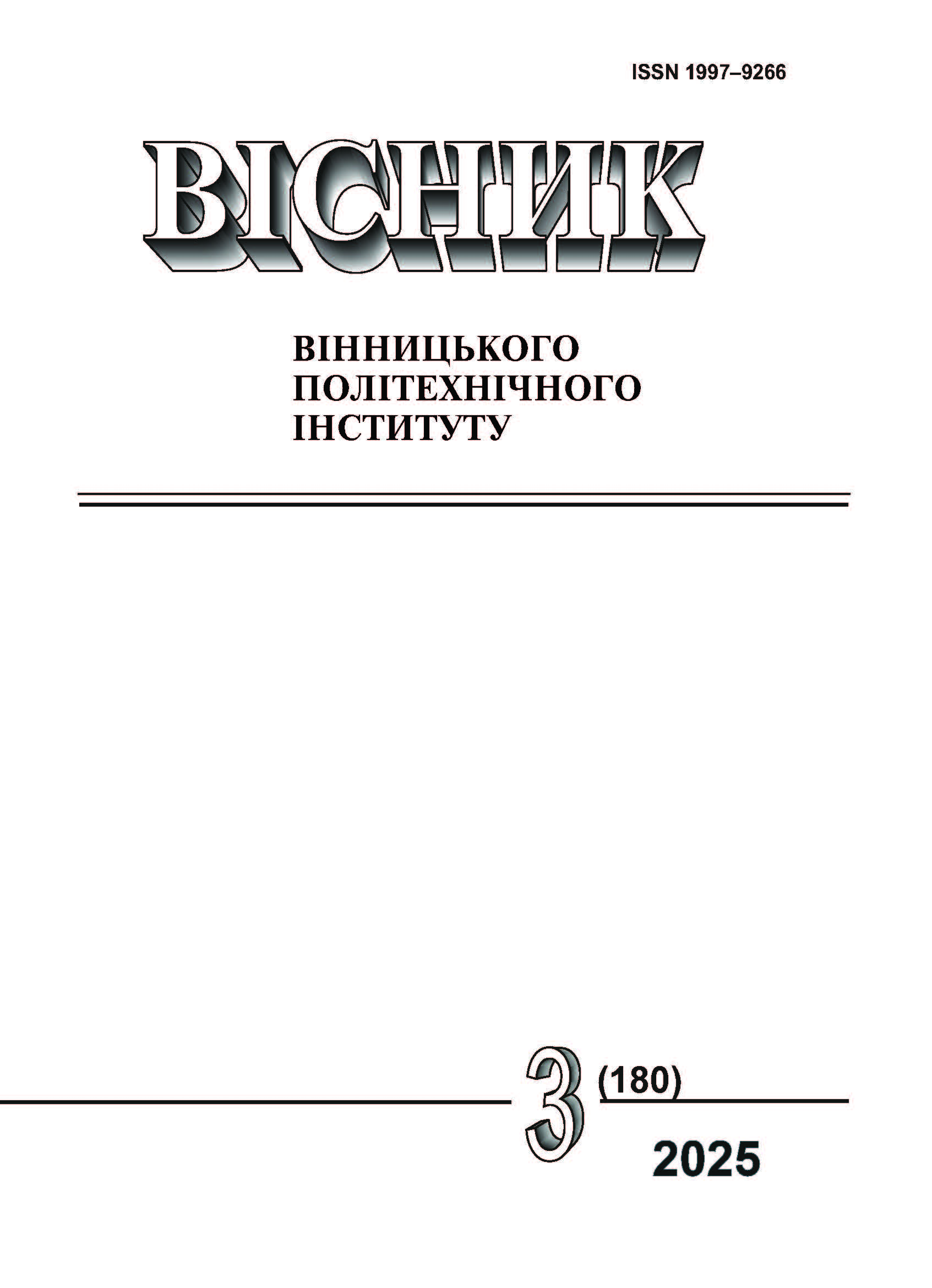Techno-Economic Optimization of Heat Pump-Based Heating Systems Utilizing Heat Extraction from Watercourses
DOI:
https://doi.org/10.31649/1997-9266-2025-180-3-63-71Keywords:
heat supply, heat pump unit, low-grade heat of flow, watercourses, optimization, coefficient of performance (COP), heat transfer, heat and mass transfer, techno-economic indicators, energy efficiency, heat exchanger, payback period, tubular grates, hydraulic resistanceAbstract
The paper examines the techno-economic aspects of implementing heat pump units (HPUs) in heating systems based on the utilization of low-grade heat (LGH) from natural water sources, particularly river watercourses. Heat pump systems can efficiently use natural resources to meet energy demands, which is a crucial factor in reducing energy consumption and minimizing environmental impact. The advantages of employing a closed-loop heat extraction system with a circulating antifreeze heat transfer fluid are substantiated, ensuring reliable system operation during winter and reducing the risk of ice formation in heat exchangers.
Several design configurations of heat exchangers for extracting heat from aquatic environments are presented. These configurations enhance heat transfer efficiency and reduce hydraulic losses in the system. The study also analyzes the drawbacks of conventional bottom collectors made from polyethylene pipes, including their high material consumption, complex installation, and susceptibility to clogging, which ultimately reduces overall system efficiency. As an alternative, the use of tubular grates oriented perpendicular to the flow direction is proposed. This approach improves heat exchange, reduces hydraulic resistance, and enhances heat extraction efficiency by increasing the contact surface area between the heat transfer fluid and the water environment. Such a solution significantly reduces the system’s operational costs and ensures a more stable and reliable heating process.
The research addresses key parameters such as hydraulic resistance, material costs, optimal heat transfer fluid selection, and other operational characteristics that impact the overall economic efficiency of the system. A techno-economic optimization problem for the heat exchanger design is formulated, considering two variables — pipe diameter and total pipe length. The optimization criterion is the minimization of the system’s payback period compared to a baseline option of direct electric heating. Mathematical model is developed to determine economically feasible design parameters for the heat exchanger, accounting for HPU performance, capital investment, and potential energy savings. Conclusions are drawn regarding the potential for widespread adoption of river-sourced heat pump systems in sustainable heating practices, highlighting their capacity to reduce energy costs and environmental impact.
References
А. О. Редько, М. Н. Безродний, М. В. Загорученко, О. Ф. Редько, Г. С. Ратушняк, і М. І. Хмельнюк, Низькопотенційна енергетика. Харків, України: ТОВ «Друкарня Мадрид», 2016, 412 с.
ДСТУ Б В.2.5-44:2010, Проєктування систем опалення будівель з тепловими насосами. Національний стандарт України, чинний від 2010-09-01. Київ, 2010, 46 с.
Г. Г. Півняк, та ін., Традиційні та нетрадиційні системи енергозабезпечення урбанізованих і промислових територій України, моногр., Г. Г. Півняк, заг. ред. Дніпро, Україна: Національний гірничий університет, 2013, 333 с.
О. І. Ободянська і А. С. Бровко, «Особливості функціонування теплових насосів в системах тепло- та холодопостачання,» у Матеріали L науково-технічної конференції ФБТЕГП ВНТУ. [Електронний ресурс], Режим доступу: https://conferences.vntu.edu.ua/index.php/all-fbtegp/all-fbtegp-2021/paper/view/11737 .
В. Б. Горбань, та ін., Енергоефективність та енергозбереження: економічний, технікотехнологічний та екологічний аспекти, моногр. Полтава, Україна: ПП «Астрая», 2019, 312 с.
О. Ю. Співак і Н. В. Резидент, Тепломасообмін. Вінниця, Україна: ВНТУ, 2021, 113 с.
Є. А. Бобров, Енергетична безпека держави. Київ, Україна: Університет економіки та права, ВНЗ «КРОК», 2013, 306 с.
О. І. Ободянська, О. А. Іванов і К. Р. Войновський, «Використання енергії навколишнього середовища за допомогою теплових насосів,» на Інноваційні технології в будівництві, Міжна. наук.-техн. конф. [Електронний ресурс], Режим доступу: https://conferences.vntu.edu.ua/index.php/itb/itb2020/paper/view/10834 .
О. І. Ободянська, О. А. Іванов і К. Р. Войновський, «Альтернативні джерела енергії, як енергоносії,» на Енергоефективність в галузях економіки України, Міжна. наук.-техн. конф. [Електронний ресурс], Режим доступу: https://conferences.vntu.edu.ua/index.php/egeu/egeu2021/paper/view/13932 .
Енергетична стратегія України на період до 2050 року: офіційний текст станом на 21.04.2023 [Електронний ресурс]. Режим доступу: https://zakon.rada.gov.ua/laws/show/373-2023-%D1%80#Text. Дата звернення 19.03.2025.
Л. Р. Ладієва, Методи оптимізації та пошуку оптимальних рішень. Київ, Україна: НТУУ «КПІ ім. Ігоря Сікорського», 2023, 73 с.
Downloads
-
pdf (Українська)
Downloads: 44
Published
How to Cite
Issue
Section
License

This work is licensed under a Creative Commons Attribution 4.0 International License.
Authors who publish with this journal agree to the following terms:
- Authors retain copyright and grant the journal right of first publication.
- Authors are able to enter into separate, additional contractual arrangements for the non-exclusive distribution of the journal's published version of the work (e.g., post it to an institutional repository or publish it in a book), with an acknowledgment of its initial publication in this journal.
- Authors are permitted and encouraged to post their work online (e.g., in institutional repositories or on their website) prior to and during the submission process, as it can lead to productive exchanges, as well as earlier and greater citation of published work (See The Effect of Open Access).





